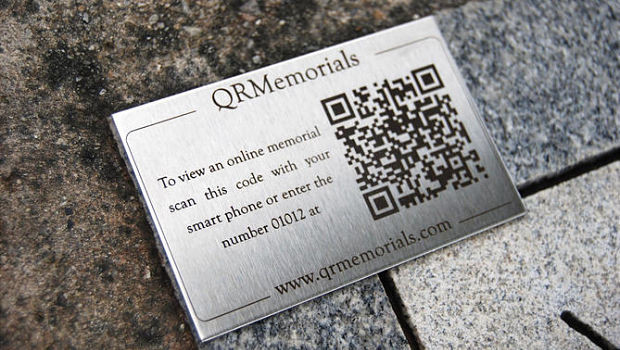Death: what happens to our online selves?
UK – We spend more of our lives on the internet — but what happens to our online selves when we die?
On March 19, Anna Sergeeva, a beautician working in Dubai, took a cheerful selfie from her seat on a plane that would crash in Russia a few hours later, killing everyone on board. She uploaded the photo to her social media profile, and the image has since circulated widely online. We see some of the outfit she chose for the flight: a comfortable light grey hoodie with a soft grey T-shirt to match. Her expression contains that archetypal selfie blend of coyness, good humour and subtle doubt.
Had the plane landed safely in Rostov-on-Don, the picture would have remained unremarkable. Instead, its very banality is frightening. Unexpected death rewrites the minor details. Sergeeva’s stray wisps of hair, the undulating purple and gold design on her upholstered seat, the shadows of strain in her neck as she braces for the camera flash — all of this seems, in retrospect, infused with the impossible knowledge of what was to come.
Such is the cultural dominance of social media, it is unsurprising that macabre moments are caught in the daily haul of uploaded images. In the 20th century, mortality and death were often shrouded, taboo subjects, at least in the west. Writing in 1993, Sherwin B Nuland, surgeon and author of How We Die, argued that “modern dying takes place in the modern hospital, where it can be hidden, cleansed of its organic blight, and finally packaged for modern burial”. But with the arrival of digital technologies, death is achieving new levels of exposure, both accidental and intentional. Today, death and dying have a proximity to everyday life that is particular to our networked culture.
Read the rest of the article by Laurence Scott on the Financial Times website.
Curated from What happens to our online selves when we die?


Leave a Comment
You must be logged in to post a comment.